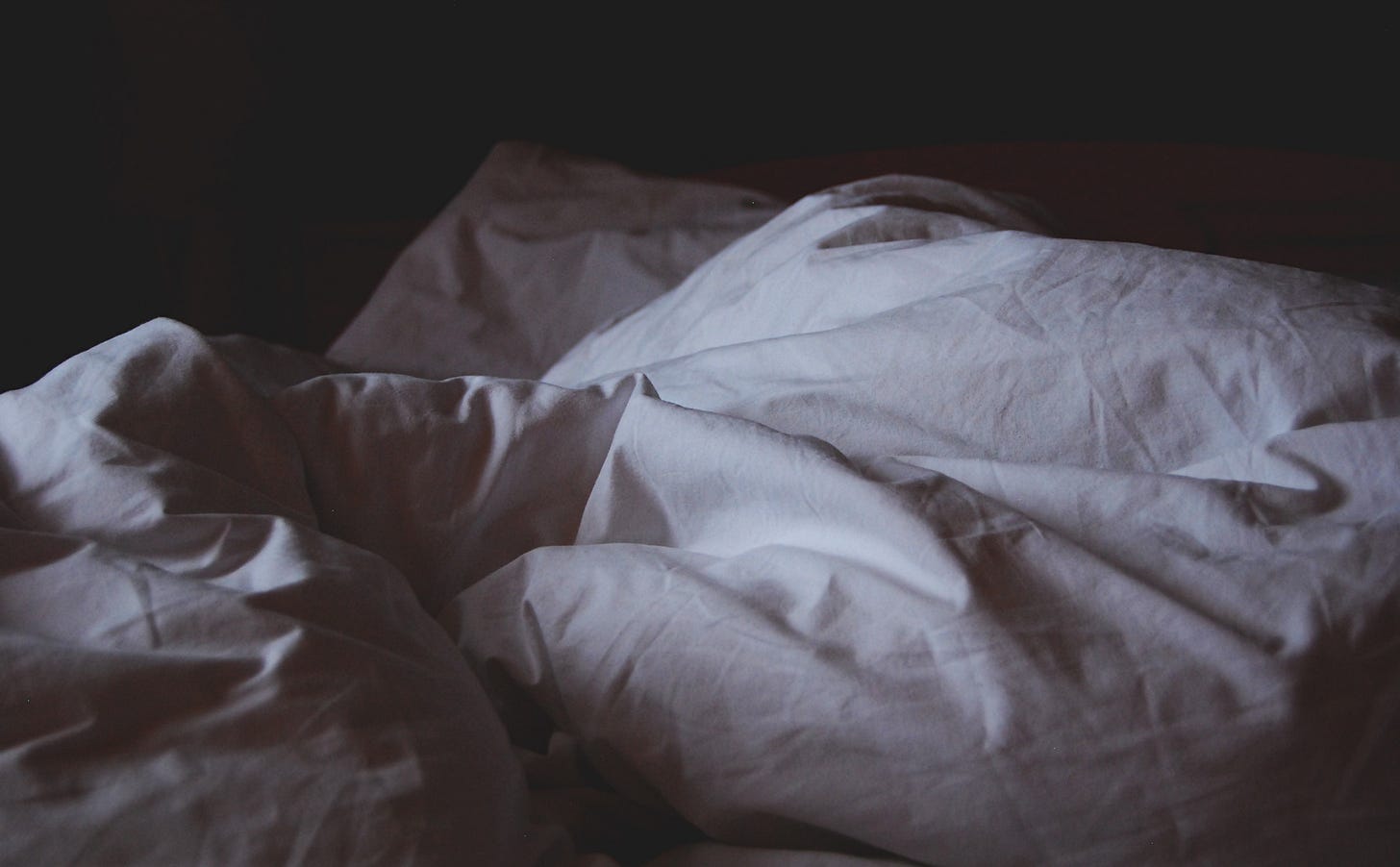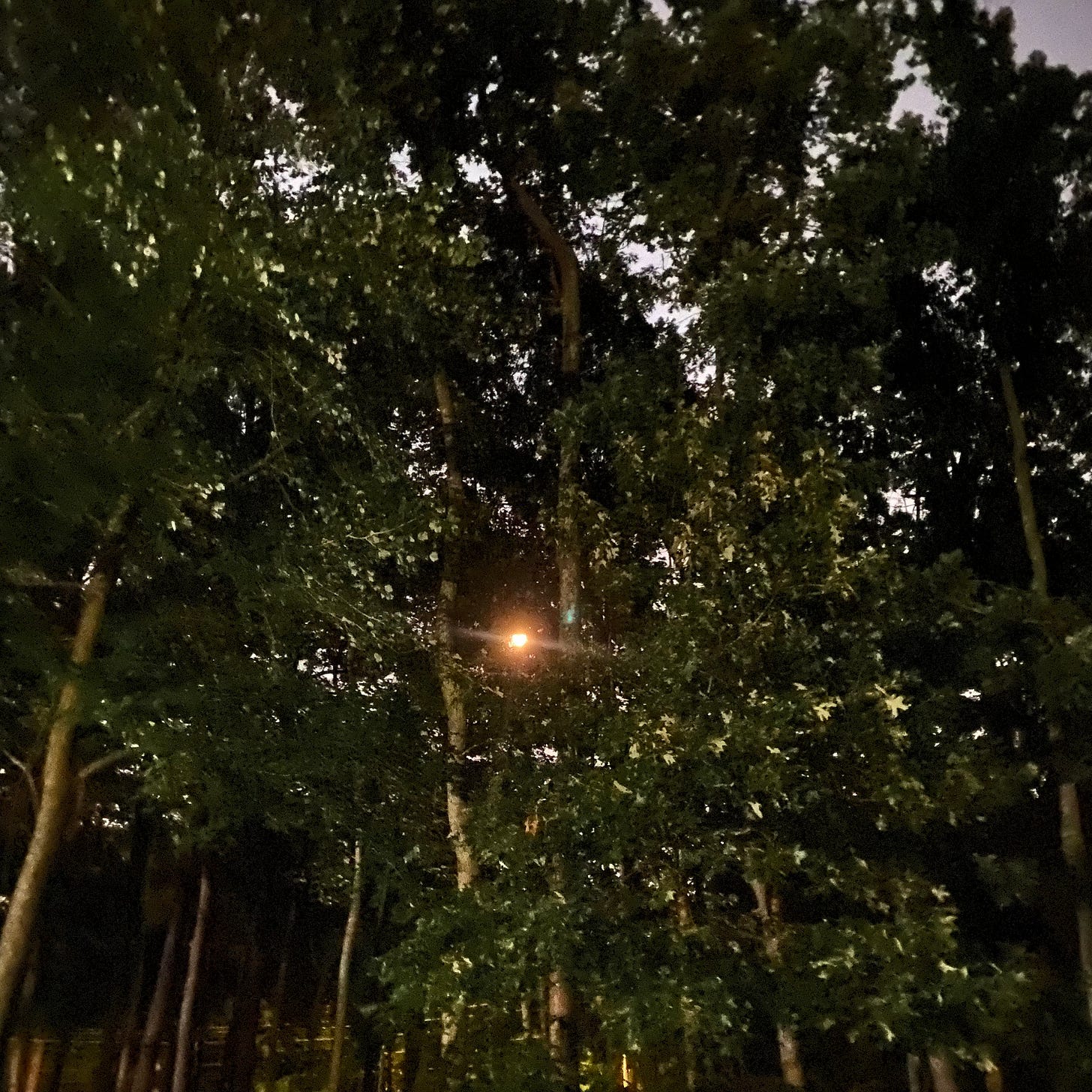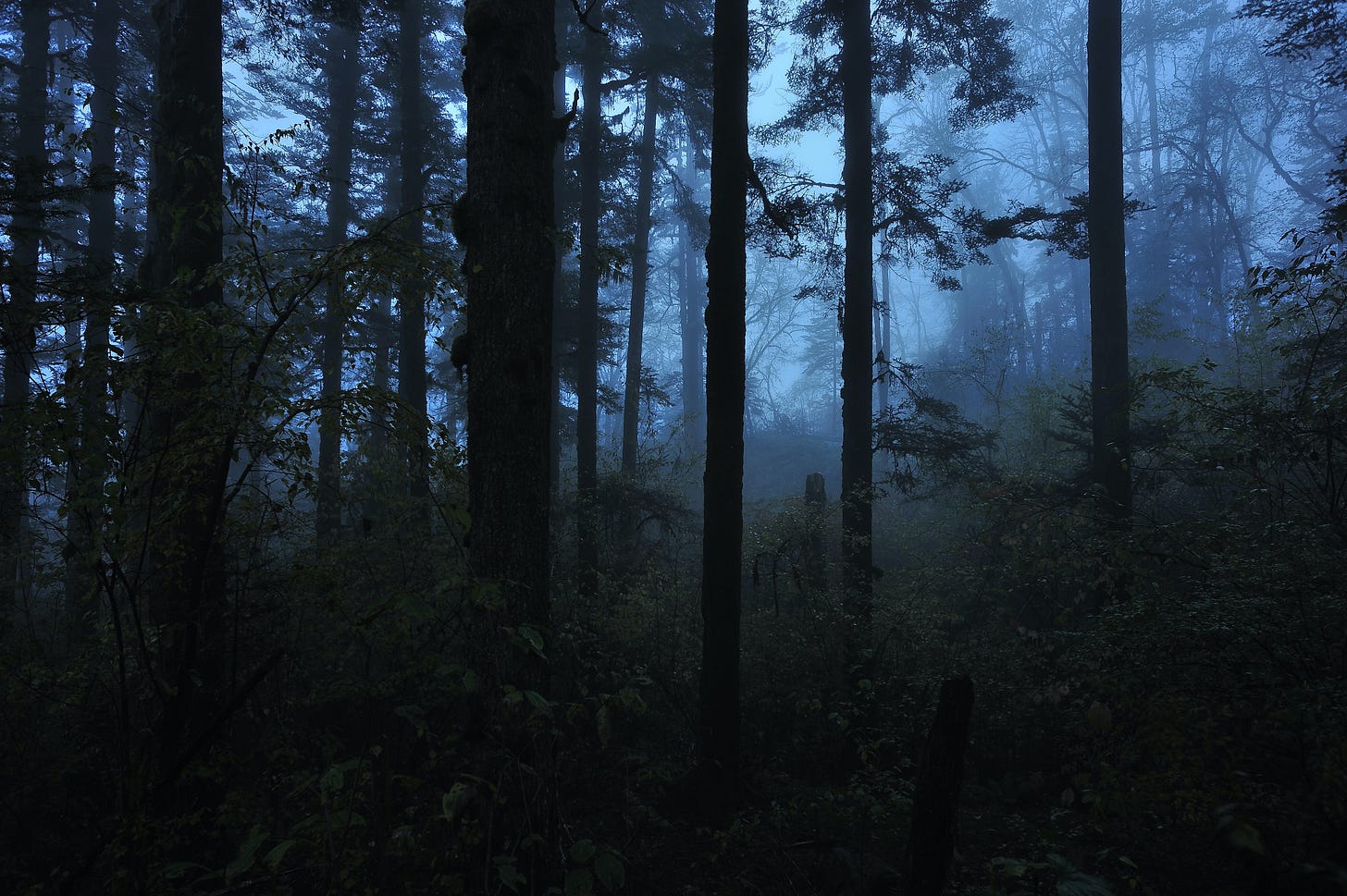I’d had an unremarkable day. No particular ups or downs, no evident stressors, nothing notably good or bad to anticipate that might spin my brain into monkey mode, no alcohol, no caffeine bender, no snoring bedmate, bunchy sheets, or temperature flares. Yet, I was wide awake, at 2:23 AM, noticing the light sneaking in around the edges of the window blinds. There. I blamed the moon.

I shouldn’t have been surprised; it’s happened countless times before. Though I’ve dealt with erratic sleep for years, it seems I’m more susceptible when our big, bright celestial friend is fully present.
“What is there in thee, Moon! that thou shouldst move
My heart so potently? When yet a child
I oft have dried my tears when thou hast smil’d.
Thou seem’dst my sister: hand in hand we went
From eve to morn across the firmament.”
– John Keats, The Endymion
Our planet’s only natural satellite is the presumed cause of a range of earthly phenomena, some positive, some positively awful. Tales rooted in magic and mystery have populated folklore and infused spiritual principles across cultures, for millennia, including stories of the moon as a deity, a home for the dead, or a place from which people are reborn.
More deductive observations came up alongside the oral histories, as our ancestors noted the moon’s unmistakable effect on the ocean’s tides, and changes in plant and animal activities in accordance with its phases, particularly functions related to water, fertility, and reproduction. The moon was understood to be a powerful player.
Systems of agriculture, like moon phase gardening, and a similar, more complex version called biodynamics, continue to promote the practice of sowing and harvesting with moon phases, under the assumption that significant benefits come from moisture levels, varying degrees of reflected sunlight, and inherent seed germination tendencies, all driven by the moon.
Given comparable cycle durations, human female menstruation has long been believed to follow the moon’s phases, and there is a purported bump in birthrates that coincides with the waxing moon, the period when its illuminated surface grows increasingly round, like a woman’s pregnant belly.
And, finally, there are the more disturbing associations. Werewolves and vampires transmogrify in association with the full moon. Suicides, homicides, motorcycle accidents, dog bites, seizures, and psychiatric behavioral events are all thought to escalate at or around the end of the 29.5-day lunar cycle, when the moon’s lit surface reaches its peak.
It’s likely you’ve heard and accept as truth quite a few of these concepts. Researchers have sought to prove, or disprove, them for as long as science as we know it has been around. And, the results of those studies have been as varied as the alleged effects themselves.
Generally, western academia seems bent on shooting down the moon-as-influencer idea. For every conceivable link, there have been studies that try to uncouple them.
Moon-juju as a boon to agricultural? Nope.
More numerous behavioral incidents in psychiatric hospitals? Nope.
Menstrual syncing? Not really, or at least not to the degree we thought, and also highly dependent on age.
Seizures. No clear evidence, except among non-epileptics.
And, so on.
Nonetheless, we persist in our beliefs, and research continues to dangle carrots of possibility in front of us.
A half century ago, experiments looking at rates of water uptake on pinto beans showed a connection to lunar cycles.
A decade or so later, a retrospective study determined that more patients experienced urinary retention during the new moon than at any other time, concluding (get this!) that “[t]his should be considered when the workload of a specialist urological department is organised.”

In 2017, a study showed that motorcycle fatalities increase by about 5% during full moon events, and 22% when the moon orbits closest to the earth, creating an oversized effect. Yes, the study had flaws - of course it did - but still, bikers beware.
Dung beetles and sea turtles use moonlight for navigation. Coral on the Great Barrier Reef exhibit annual, synchronized spawning shortly after a full moon. Barau's petrel, an endangered seabird that breeds on an island in the Indian Ocean, times its breeding-ground arrival with the full moon.
Ephedra foeminea, or joint pine, a Mediterranean flowerless plant, weeps drops of reflective fluid in conjunction with the full moon, setting off a sparklefest for nocturnal pollinators. The event occurs at approximately the same time every year, and it is believed that the moonlit ooze both attracts insects and sticks pollen to them as they happen past. Soon after it was released in 2015, and made headlines in publications across the globe, the study was disputed for insufficient evidence.
Two years ago, a collection of scientists from the US and Argentina published a new report concluding that there is, after all, synchronization between lunar phases and the timing of our sleep. I know there are plenty of counter-opinions out there on this one. But, la-la-la-la, I’m not listening!
“In the days leading up to a full moon, people go to sleep later in the evening and sleep for shorter periods of time. The research team…observed these variations in both the time of sleep onset and the duration of sleep in urban and rural settings — from Indigenous communities in northern Argentina to college students in Seattle.”
- Moonstruck sleep: Synchronization of human sleep with the moon cycle under field conditions
Tuesday night, just a little shy of midnight, I finally caught sight of the rising full moon, the first of two this month. Not just full. This and the coming round are considered “supermoons,” larger-than-normal, optical illusion versions that occur when the elliptical orbit swings closest to earth.
Native Americans called this early August moon the Sturgeon Moon, a reference to the abundance of sturgeon fish found by tribes of the Great Lakes region this time of year. As a species, sturgeon mature slowly. Females may be 15 years or older before they reach spawning age, and the fish can live 80 to 100 years. Lake sturgeon are anadromous, migrating from lake habitats to the streams where they were born, to spawn at predictably recurring times, guided by environmental and lunar cues.
The most identifiable object in the night sky, our abiding celestial companion is, undoubtedly, a source of fascination and wonder. The lengths to which our soothsayers and scholars have gone to corroborate or contradict the moon’s impacts on earth and her inhabitants, is an indication of a connection unto itself. Cool, dreamy, and more approachable than the sun, literally and figuratively, perhaps we are instinctively drawn to Luna, shaped by a magnetism that science is, as yet, unable to quantify.
More than three decades ago, I stepped aboard a tall ship in Boston harbor, bound for a five-day expedition. The sky was silver-blue that night from the light of a full moon. I met a handsome sailor who stole my heart on the spot, and holds it still. That is a tale for another day. But, I will tell you this: When people ask how we fell in love so quickly, I blame the moon.
~Elizabeth

p.s. The next full moon will occur on August 30th. Will you be waiting for it?





When we were with the Peace Corps in the early 1970s in Dahomey (now Benin) West Africa and "up-country," a full moon took on new significances. As there was no electricity in most of the scattered hamlets and small villages, a full moon was a celebrated event. "On va tappee' ces soir," people said, which meant there would be bonfires and drums, dancing and story-telling, frolicking and festivities. Children ran through the clay pathways and in and out of huts...the drums seemed everywhere, and the full moonlight illuminated a living time and place. It animated and excited everyone with its magical powers. It was an unforgettable good time....
I love a full moon - I can see the rabbit on the surface, the night is bright for walking, the tides are higher (and lower) and it's an odd kind of company. So much less threatening than a dark shadowy night. But the neighbourhood dogs hate it - you can hear them baying and I must put on a black satin eye mask or like you, I would never sleep.
On this night of a supermoon, I can hear the birds - plovers and magpies - becoming confused at the abundance of light. Perhaps they are mating. It's a night for love
Which brings me to your special night - tell the story soon. I can imagine your beautiful wordage already...